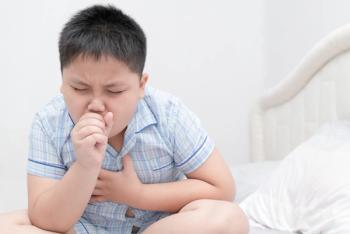
In pediatric patients, the relatively rapid progression of prediabetes to type 2 diabetes mellitus (T2D) requires pediatricians to know whom, when, and how to screen for these conditions and to anticipate the likely development of comorbidities in children who develop T2D.

